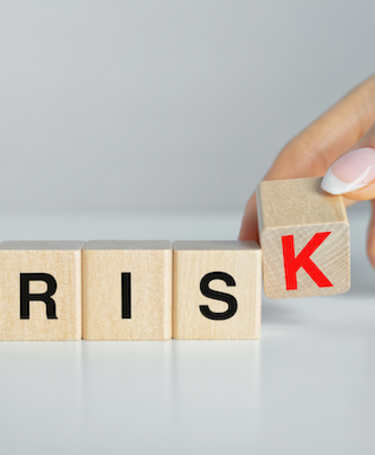
Dealing with product discrepancies in audits

Greg Hutchins, Managing Director and Principal Engineer at qualityplusengineering.com, recalls how his dealings with a serious product discrepancy on a project led to improvements across the board.
The following dilemma is based on a true story, where the names have been changed to protect the parties that were involved.
Dilemma
We were in the ninth year of a contract with a multi-billion dollar client. The US client had sourced all quality, including supplier quality, to my firm. We were responsible for assuring all sourced products met their contractual requirements and product specifications.
One critically, sourced electrical product had been conforming for years based on previous incoming inspections. The product had an expected life expectancy of 40 years. However, the product, which was designed and produced by a Japanese supplier, began to fail prematurely in the field.
Field failures, replacements, and downtime were very costly. Since the product had a 40- year history of conformance, we conducted dimensional incoming inspection based on one per cent Accept Quality Level (AQL). However, field failures continued to increase. As a result, the client requested the engineering principal to go to Japan to determine the root cause and ultimately fix the problem.
As Managing Director and Lead Engineer of Quality + Engineering, I visited the supplier’s highly automated plant in Japan including several tier two suppliers. The Japanese supplier’s plant was a state-of the-art manufacturing facility. The supplier’s manufacturing facility had robots that picked and placed products onto robotic conveyers. Quality control was fully automated, producing Statistical Process Control (SPC) charts for each critical dimension specified on the US customer’s engineering drawings. There was minimal human intervention in the production process.
With an interpreter, we conducted a forensics audit of the supplier from the enterprise and process level down to the product level. We checked key enterprise and process controls. We looked at enterprise financials, confidential internal audit reports to the board, internal quality audits, design data, cost data, process data, ISO 9001 certs, corrective action requests/prevention action requests, SPC charts, examined rejects, improvement graphs and Weibull curves. We were also contracted with a third-party to conduct physical and chemical product tests. All process and product tests complied with US customer specifications. So, what was going on?
On our final day of the audit, we went to the Port of Nagoya to check product shipping and handling. A port employee mistook us for Japanese supplier employees and took us to a separate building in the port. It turned out that the Japanese supplier company was taking similar ‘Made in China’ products and repackaging and stencilling them with ‘Made in Japan’ on the shipping crates.
Following this discovery, the next question was: How do we report and resolve this issue?
Resolution
The US customer’s contract specifically required supplied products to be 100 per cent ‘Made in Japan’. The US client was paying a 60 per cent premium for the ‘Made in Japan’ trust label for products that were trans-shipped from China to Japan to the US.
This situation created challenges for the US customer, Japanese supplier and our firm. In terms of decision making and authority, we were the quality engineering firm responsible for assuring Japanese products complied with engineering drawings and specifications. The US customer was ultimately responsible for making the final supplier determination. This conundrum had civil and even criminal implications with global resonance. What would you do?
The US customer told us how this would play out and had made enterprise-level risk decisions based on its politics, risk appetite, cultural sensitivities, supplied product requirements, and business continuity requirements. The final strategic outcomes were:
- The US customer retained the Japanese supplier
- The US customer did not pursue recrimination or litigation
- The Japanese supplier was remorseful
- The US customer and supplier negotiated compensation for testing, field failures, replacements, and downtime
- The US customer purchased Japanese products for a few years
- The Chinese improved their product design and manufacturing
- China eventually became the preferred and prime supplier of the product over several years
- The US customer eventually paid a lower price for the ‘Made in China’ products.
From a tactical quality point of view, our firm instituted the following supplier corrective and preventive controls:
- Risk analysis – Top down risk analysis of the supplier was periodically conducted
- Testing – Third-party Japanese contractor conducted periodic structural, physical, chemical, and reliability testing of the product
- Inspection – Dimensional inspection was conducted at increasingly lower AQL’s.
- Engineering – The supplier produced product finite element analysis, which were peer reviewed. Product changes were reviewed and approved by the client and our firm.
- Reliability – The supplier provided Weibull and similar reliability curves and even aggregated (non-attributable) data from other customers.
- Production – The supplier provided production controls, SPC, first article, and quality control plans to the US client.
- Shipping – Containers were Radio Frequency Identification (RFID) tagged and monitored for delays and proof of origin.
Key takeaways
The critical takeaway from this story is that the resolution was not a corrective action request, ISO 9001 certification, or quality tool – it was enterprise-based and strategic. This made us aware of the importance of understanding the problem space and context based on the customer’s point of view.
If you’re interested in submitting a dilemma to help other quality professionals and auditors, email: [email protected]